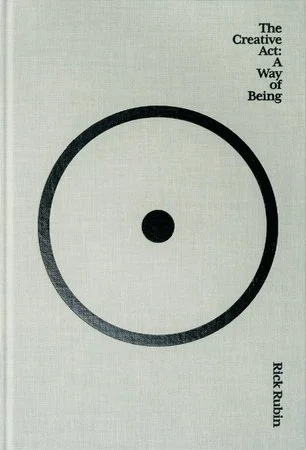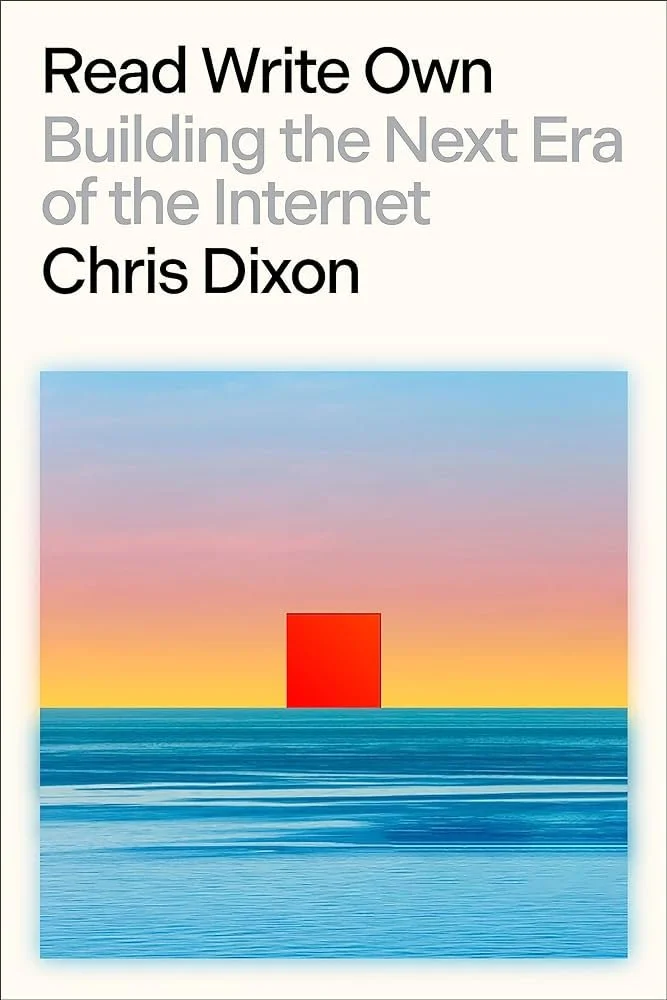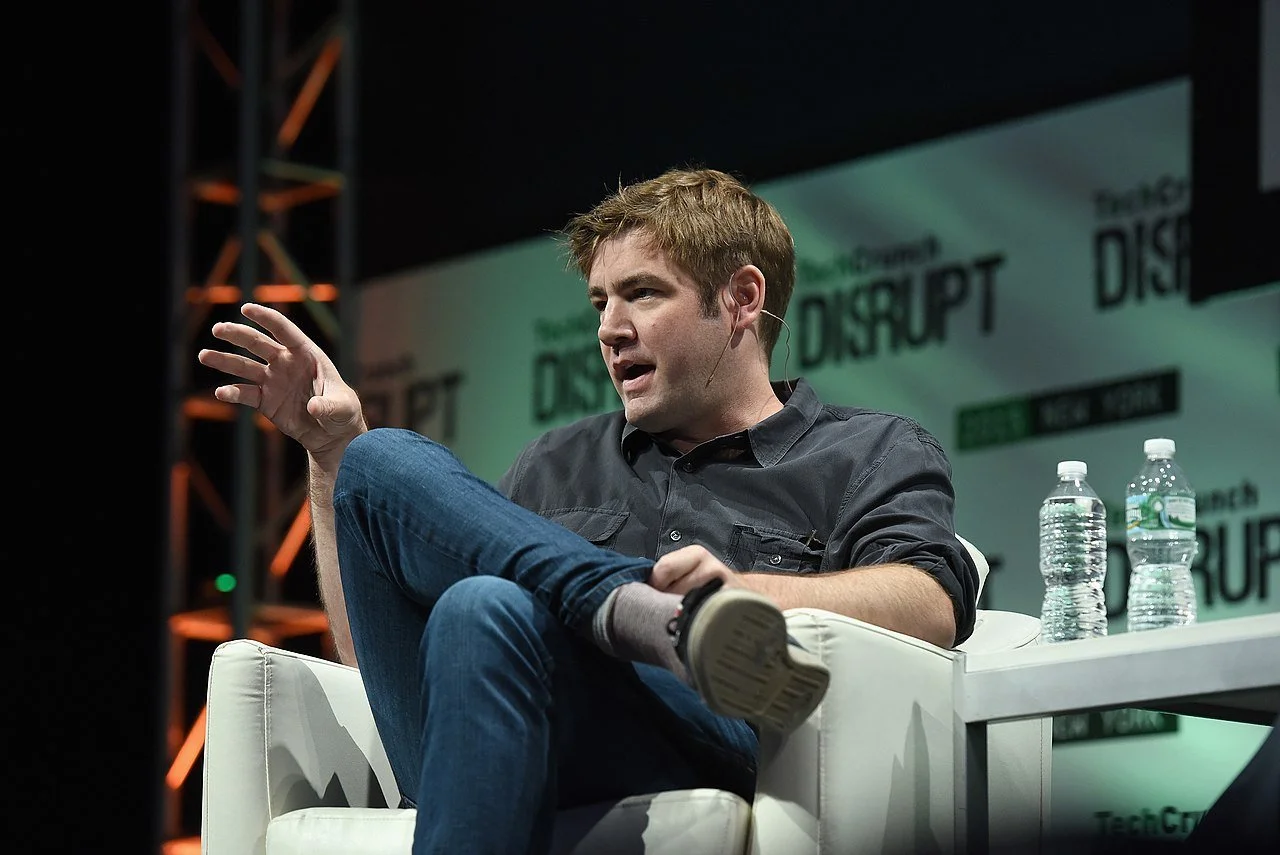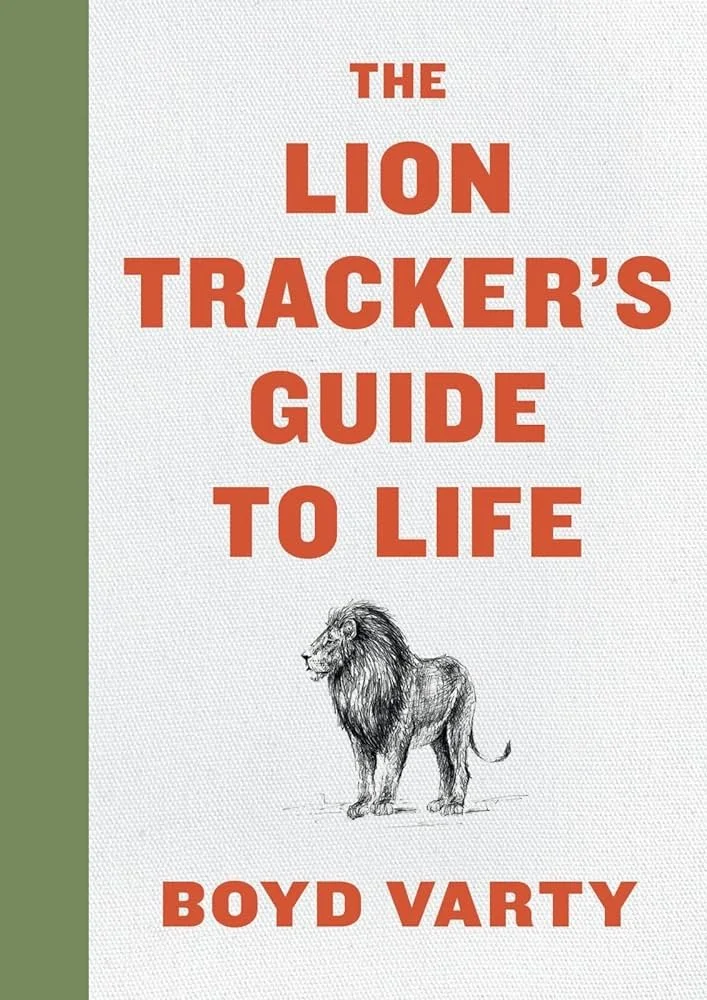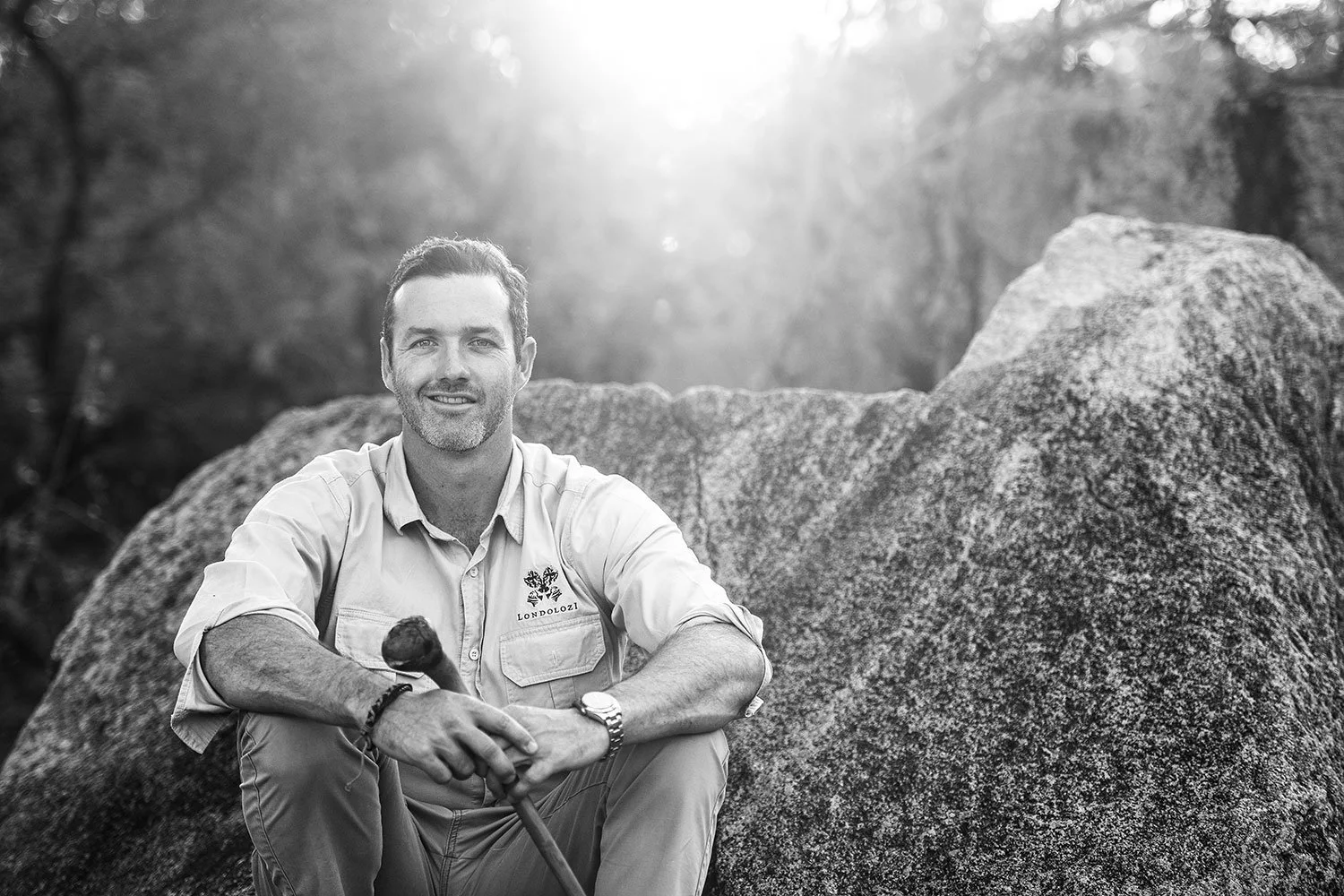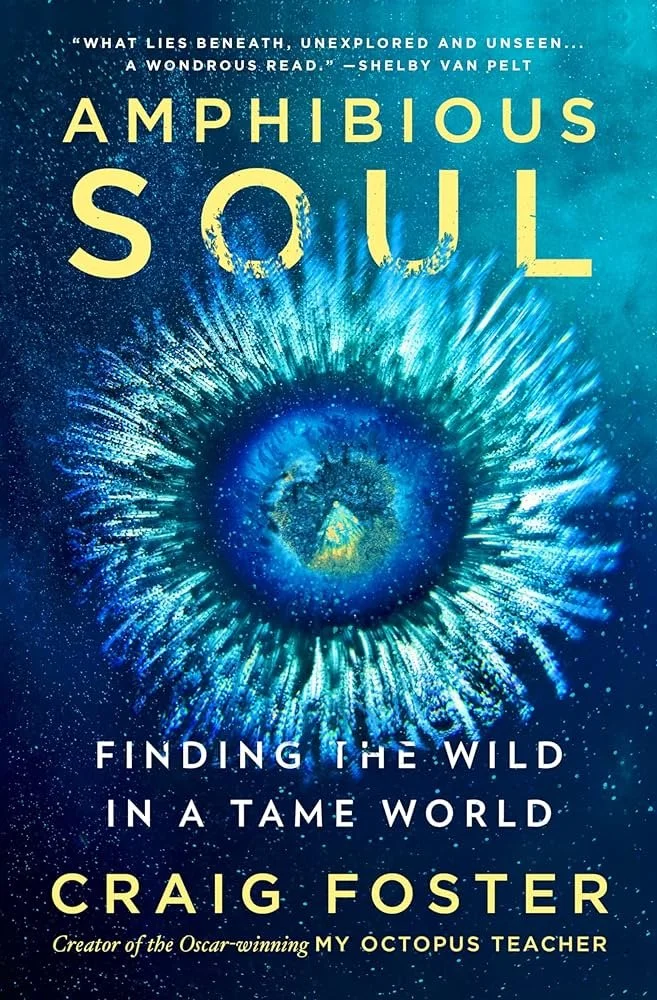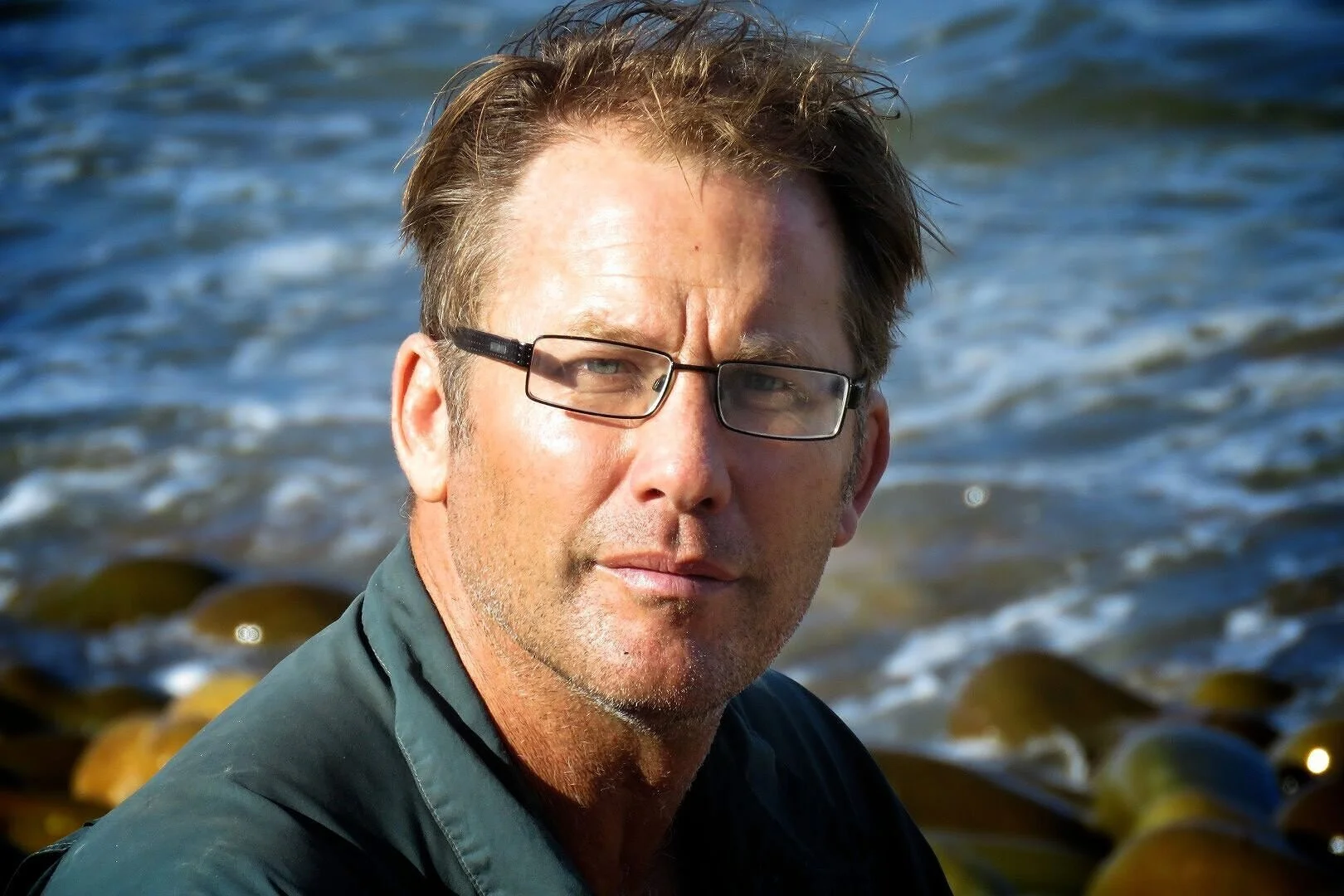Mid Year Book Update Part 1
Hey everyone, welcome to my latest book dump! I’ve finally found my groove again and am embarking on the mission of reading a book a week (though, realistically, it’s more like a book a month). One of these years, I’ll hit my goal! In this post, I’ll share the current list of books I’ve read and why I loved them. Whether you’re looking for artistic inspiration, professional insights into Web3 technology, or a deeper connection with nature, there’s something here for everyone. Let’s dive into the books that have recently captivated me and the profound lessons I've gleaned from them.
The Creative Act
Wow, literally wow. Okay, so I’m going to structure these a bit differently because this was all a bit heady this round.
Why I read it: My wife is an artist, I identify as an artist (but not professionally) and creator, and I wanted to learn more about the artistic process from the legendary Rick Rubin. I struggle with sharing my content on social media platforms. I also really struggle with being bad at something, so I wanted to learn more about the process he recommends to his clients since I am learning a new art skill (pottery!).
What I learned: Where do I even start with this one? First off, this is going to get very deep and spiritual and make you question what a creator and/or artist is. Rubin says,
“An artist’s job is to create a world within which we can explore what it means to be alive.” (p. 32)
He believes an artist is anyone who creates content that represents them as an individual, and the content only acts as a form of expression with little to no commercial value. I’m probably butchering this, but that’s what I got from it.
Basically, if you can get back to the essence of what art is—a mechanism of individual expression frozen in time for others to view—then it’s three things: create, share, iterate.
Simple. The whole point of art and the art community to him is to encourage and grow the evolution of individual expression tools and not to compete for fame.
“The best art divides the audience.” (p. 47)
There’s a whole section on "do no harm" that talks about how everyone that is an artist should collaborate so the industry grows as a whole.
“Great art doesn’t seek to answer questions, but to ask them.” (p. 88)
I told you it was heady. I can’t summarize the deep concepts in this book well in a very short summary like this, but it was an incredible book and changed my entire perspective on what is authentically art and how to have a healthy relationship with the devastatingly painful life of an artist (probably why I have leaned into stoicism so much). He talks about being indifferent to the outcomes of the art and accepting the quality and execution you had within a given day. Say to yourself, “That’s a representation of this time in my life and this is the best I can do today.”
I love that because I personally have a very hard time with my own feedback. As Rubin puts it,
“Creativity is not a destination, it’s a journey.” (p. 189)
This journey should be embraced without fear of judgment.
Who should read this: Well, this depends on how much you love creating content. For content creators, I suggest reading this. For artists, anyone attempting a new creative skill, philosophers, spiritual enthusiasts, and maybe for people who love music and Rick Rubin.
“Make things you love and the world will follow.” (p. 209)
Read Write Own
So, wow, totally shifting gears here—sorry if I gave you whiplash. This is a more professional read. I am in web3, if you didn’t know that already, and this book is definitely mandatory reading for anyone building decentralized technology.
Why I read this: I read this because I have been working on web3 technology for the last four years and am fascinated by the infrastructure and technology. Since Chris Dixon was at the forefront of all this with his investments and the content he’s been sharing with the community, I figured this was the best book to read about the technology and business.
What I learned: There’s a bit too much to write, and it would require a very long description of how all this stuff works in order for anyone who isn’t in web3 to understand it, but here’s the gist of it:
“Networks built on blockchains can combine the best features of prior networks, benefiting builders, creators, and consumers and ushering in a third era of the internet.” (p. 23)
The origin of the internet was built for decentralized ownership, but we’ve lost our way and a handful of companies now own a gigantic market share.
The web3 phase of the internet is the first time we’ve ever been able to own something digital outside of a domain.
“Blockchains are by design resilient to manipulation. They are built on top of a network of physical computers that anyone can join, but that is extremely difficult for any one entity to control.” (p. 45)
Transparency and permission-less systems are key. Without them, we get back into the same situation we are in now, where a handful of companies own and control a large majority of the content online and our data.
Creator ecosystems can provide a sustainable business model for people who want to do this for a living, and web3 can actually pay people.
“The read era of the internet was defined by the website which encapsulated information. The read-write era was defined by the post, which encapsulated publishing, making it easy for anyone, not just web developers to reach broad audiences. The internet’s latest phase—read-write-own era—is defined by a new simplifying concept: tokens, which encapsulate ownership.” (p. 82)
Not all web3 tech is evil; there were just some bad apples like with any new tech movement.
“Blockchains represent a radical departure from the status quo. Through tokens, they flip the script on digital ownership—making users, rather than internet services, owners.” (p. 99)
So the gist of it is obviously very biased since Dixon is a venture capitalist with a huge stake in the success of this industry. Take it all with a grain of salt, but I think he has some valid points. My big question on topics like this is: can we and/or should we actually decentralize some of these systems? The challenge we face now is that big tech companies have become so large they can do things the little companies can’t imagine doing. For example, I’m sure Google’s monitoring and security practices are beyond what any small startup could even imagine. Conversely, some of these web3 companies are using GCP or AWS in their backend, which is STILL giving these big companies loads of money. There’s really no escape until we go fully open source with some of these things, but I digress…
“Tokens provide a new way to skip advertising and acquire customers through peer-to-peer evangelism. Tokens empower individuals to become stakeholders in networks, not just participants.” (p. 138)
Who should read this: Basically anyone working in web3, anyone who’s interested in new technology trends, anyone who is a marketer or community growth person (although the cold start problem is also another great one).
The Lion Tracker’s Guide to Life
I already did a bit of a write-up on this guy, but here’s another one just because. I kept hearing about this book on various podcasts, so I figured why not. It’s a story about the lion trackers in Africa and how they apply their principles to life coaching and navigating challenges.
Why I read this:
I’ve been struggling with life in general—sorry, going to get a bit soft here—I want to understand exactly how to proceed with challenges. It has felt like I’m in thick molasses recently, and I am just constantly dragging myself through it to get things done. Just brute-forcing myself through it: read the books, do the work, get outside, socialize even if you hate it, do scary things even if you hate it, eat well, sleep well, repeat. It’s totally working, but it sucks. So yeah, just putting in the work—and here’s one of the ways I do it—reading a LOT about it. I swear I’m going to become a therapist after all this reading.
Ok, that was a lot. Deep breath. This is like a journal entry, lol. Just bear with me, okay? I appreciate anyone who’s read this far; I know I’m a lot.
What I Learned
"I don’t know where we are going, but I know how to get there." (p. 12)
I’m going to tattoo this on myself. This is just... I mean, just reread it again, please... Okay, done? So, yeah. I think it speaks for itself, but I’ll try to summarize what it meant to me. I generally don’t know where I am headed each day, but I have a set of guiding principles that help me make various decisions through the days and weeks. These are essentially my “but I know how to get there” items. “I don’t know where we are going” is basically my anxiety that I manage each day. I am usually questioning why, what, who, and WTF, basically minute to minute, but I get it done because I know it’s for the greater good and the longer I do these things, the more fulfilled I’ll be (see above, putting in the reps). It totally works and gets you out of your spin cycle, I know we all get in sometimes.
"Don’t try to be someone; rather, find the thing that is so engaging that it makes you forget yourself." (p. 39)
Right? I mean, if I haven’t captivated you yet to read this book, either you are so amazing that you’ve done this work and/or had an incredible upbringing, or this may just be way too hippy-dippy for you (which is also totally okay). So, I mean, this really resonated with me. Enter the digression: for a minute, I was deep in the land of identity and expression when I made avatars for a small startup. We talked about expression and the identity of oneself a lot, and we really found that people didn’t have an identity per se; they actually had many identities. And here’s a head spinner: you are really the only person who knows yourself because, in everyone else’s head, they only have fragments of your identity saved in their brains because they’ve only spent a small percentage of time with you, and you may act a different way around them too, which makes it even more difficult. So really, there are thousands of you out there in the minds of others. But there’s only one full representation of you in your own brain.
I know, sorry, total digression. I’m done. So my point to that tangent is we all spend these lives pretending a LOT, and we forget to find things we love and just get lost for a minute. I am not sure if that’s the point they wanted to send, but that’s what I got. I also got that losing yourself is a sign that you truly love something. It’s a sign that this is part of your calling and that you should do more of it (this happens to me when I write, which is why I am writing all this).
"There is a wilderness in each person waiting to be brought back to life." (p. 54)
So, this really resonates with me because I LOVE tapping into my wild side. I run up hills like a donkey in the mornings and really anytime I can. I sit in the dirt by our chickens in the yard, I pick veggies from our yard like I’m living in Middle Earth, and I like to just kind of stare at birds or rocks or trees, or really anything outside and just get into the zone (and no, this is not drug-induced; I’m totally sober). My point is that one of the things I think we’ve lost as a society is tapping into that natural being that we all are. We need to tap into the wild side of ourselves. We used to hike for miles to find food, build shelters, build communities, and laugh by the fire, and make tools. Now we are inundated with glowing rectangles full of content we probably don’t really need. Tapping back into that natural side of yourself is critical for us as humans and is probably the most neglected part of us. Go find some sticks, pick some flowers, walk up a hill, go sit in some grass, put the phone away, and just take a breath.
"Know how to navigate, don’t worry about the destination, and stay alert." (p. 89)
Also, the whole concept of losing the track, as mentioned in the book, is really about us losing a part of our wild self and our connection to our true calling. Tapping back into that feeling and sense gives us a better navigation tool to use for when we “lose the track” and need to go back to the last signal we had and assess where we went off course. If the last track is years and not weeks, then that means we need to re-engage with that feeling. It’s going to take time, but you’ll find it.
"The unbroken stream of life that animates all things is supremely intelligent, and nothing in the wild needs a coach to help it discover what it is." (p. 102)
Who should read this:
So really, anyone who needs a nudge in the right direction, anyone who loves Africa and wants to learn about lion tracking, or anyone who loves nature and natural guides on how to be a human living in this domesticated world, when deep down we should all be in the bush tracking lions or climbing up some gnarly mountain with a bag of water on our back.
“Track awareness is how attuned you are to what is around you. It is recognizing a track when it appears. It is teaching yourself how to see what is important to you.” (p. 102)
Amphibious Soul
This book was fantastic. I listened to an interview with the author and instantly wanted to read the book and watch his movie (I KNOW I’m so late to the game). It’s so good if you haven’t watched it. The book just came out, so I preordered it. I also got his coffee table book to see some of his fantastic photos.
Why I read it:
I was inspired by his connection to the wild and how he overcame some of life’s hurdles by immersing himself in his incredible work right outside his doorstep. I also love the ocean and have a deep connection with the coast. I spent a large part of my childhood and early adulthood on the coast in California, so that’s probably why.
"In the ocean, I found a sense of belonging that I had never felt on land." (p. 45)
What I learned:
I learned that we, as humans, have a deep connection with nature and need to constantly nurture this relationship. I also learned that it’s never too late to reconnect with some of our ancestral roots. He talked about cold water diving and how he did it without a wetsuit because that’s how the tribes used to dive. He also free dives to get closer to the creatures he records and to be as authentic to the craft of diving as possible. He mentions how otters would come up to his colleagues and him and engage with them. He thinks they do this not only because they are friendly but because they have a deep connection to humans. Otters and humans used to hunt together, so they associate us with food and collaboration.
"How can we reclaim the soul-deepening wildness that grounds us and energizes us when so much of the modern world seems designed to tame us?" (p. 1)
I also learned that there’s a wild side in all of us that doesn’t need taming; it needs to be reconnected with and engaged. He believes that connecting authentically with nature is the answer to many of life’s problems. He spent an entire year following an octopus, which was right outside his door. He wanted to get deeply familiar with his local wildlife so he could become as integrated into the ecosystem as possible. He encourages people to do the same even if they live in an urban setting. He gives various tips on how to reconnect and engage with wildlife and your wild self in the book.
"We must learn to see ourselves as part of the natural world, not separate from it." (p. 89)
I learned how important it is to cherish this planet we live on. He spent a chapter or so talking about the importance of engaging in positive relationships with our earth and helping resolve the climate crisis. He discussed how humans are part of the earth and how we can all live together harmoniously, giving many beautiful examples of how humans and animals have collaborated and connected with each other’s communities in a healthy and regenerative way.
"Our connection to nature is not a luxury, but a necessity for our well-being." (p. 113)
"We need to remember that the ocean is a living system, not just a resource to be exploited." (p. 23)
Who should read this: Aspiring oceanographers, videographers, photographers, divers, and anyone fascinated by the ocean or coastline ecosystem. It's also for those seeking their "why" and looking to reconnect with the natural world.
Thanks for joining me on this literary journey! From exploring the profound insights of Rick Rubin in "The Creative Act" to understanding the complexities of web3 technology in "Read Write Own," and reconnecting with nature through "The Lion Tracker’s Guide to Life" and "Amphibious Soul," these books have offered me invaluable perspectives and inspiration. I hope my reflections have sparked some interest and provided you with new titles to add to your reading list. Whether you’re an artist, a tech enthusiast, or a nature lover, remember that each book is a step toward growth and understanding. Happy reading!
